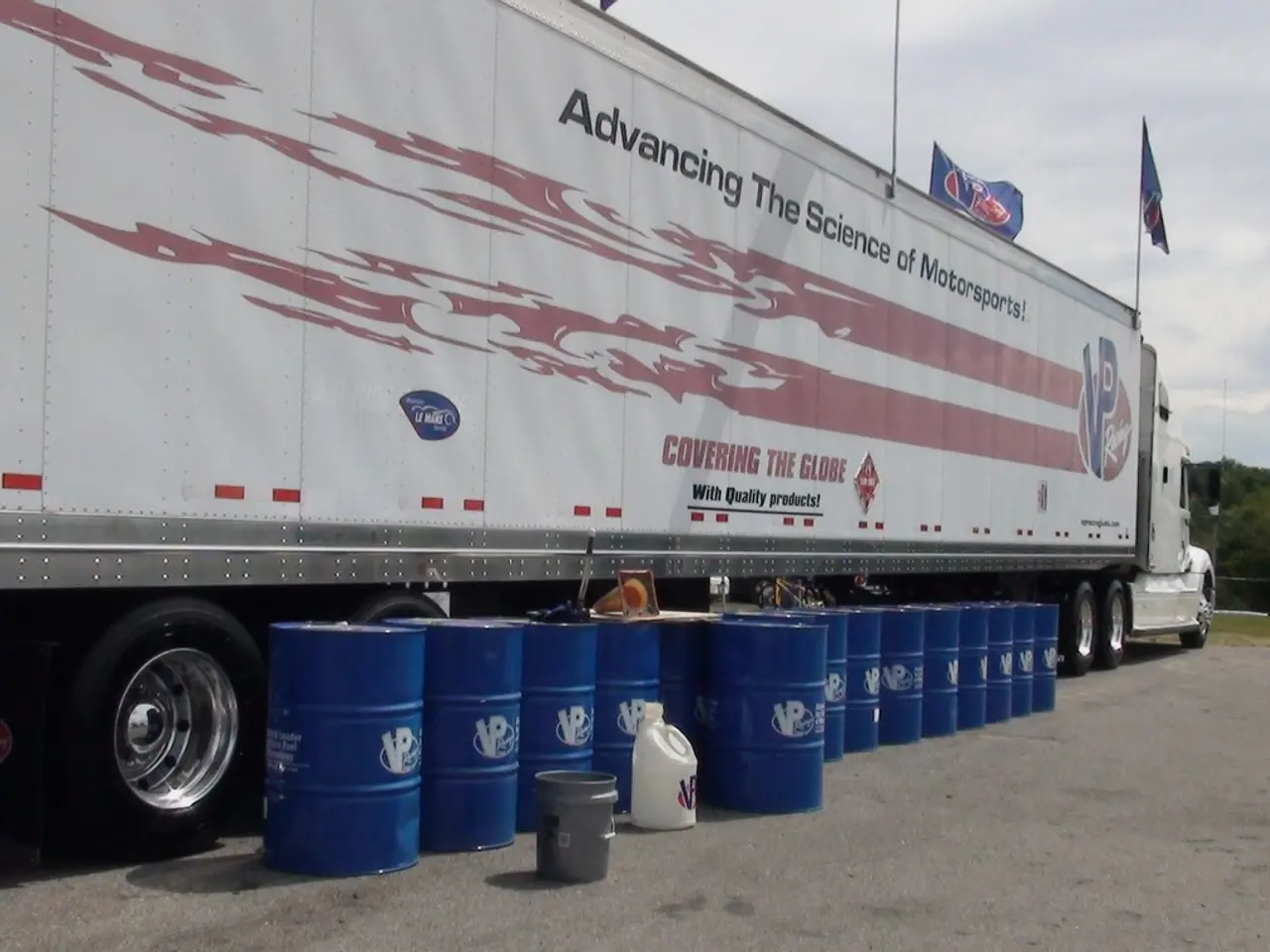Eagle Ford Shale's Boom and Bust: A Tale of Three Texas Counties
The Eagle Ford shale in south Texas, once a bustling oil hub, saw a significant slowdown after the 2014 oil price crash. This downturn, coupled with rapid industry growth and limited government service expansion, has led to varied fiscal experiences among local counties.
DeWitt County, with a stable tax rate, has managed to invest substantially in roads and infrastructure, yielding a large net positive fiscal impact. Meanwhile, Karnes County, which initially cut tax rates sharply and raised them slowly, has struggled to maintain local infrastructure and is now facing potential staff layoffs. Gonzales County, while having a slightly positive net fiscal impact, grapples with maintaining roads during volatile revenue cycles, having employed aggressive property tax assessments.
The Eagle Ford region's limited experience with boom and bust cycles adds complexity. Texas property tax law limits revenue growth to around 8 percent per year, forcing county officials to choose between increasing tax rates or keeping them low during property value drops, each with its political and revenue implications.
The fiscal experiences of DeWitt, Karnes, and Gonzales counties highlight the challenges and varied outcomes in managing revenue and infrastructure during oil boom and bust cycles, particularly in regions with limited economic experience. As the Eagle Ford region continues to evolve, understanding and adapting to these dynamics will be crucial for local governments.








